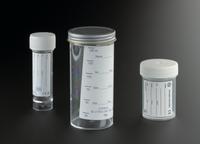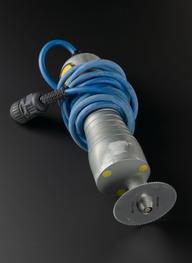





Adams' perioteostomy saw for subcutaneous division of the neck of femur, by Sumner & Co., Liverpool, c. 1900
William Adams (1820-1900), an English surgeon, invented this type of saw for his new procedure, called periosteotomy. This involved un-fusing the bones of the hip joint by cutting the neck of the femur (upper leg bone). He affectionately called the saw “my little thaw”, because the knife was used to cut through and ‘melt’ fused bones. Adams specialised in orthopaedics at the Great Northern Hospital from 1855 to 1891 and established a reputation as a successful orthopaedic surgeon.
Details
- Category:
- Surgery
- Collection:
- Sir Henry Wellcome's Museum Collection
- Object Number:
- A2241
- Materials:
- steel
- Measurements:
-
overall: 11 mm x 219 mm x 84 mm, .12kg
blade: 46 mm
- type:
- orthopaedic saw
- credit:
- Turner and Smyth




